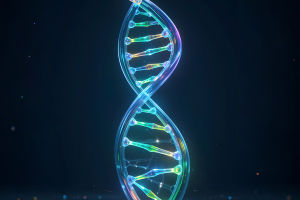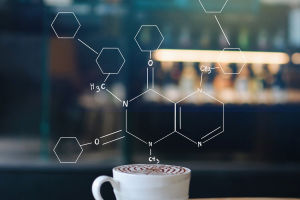Angelman Syndrome (AS) is a rare neurogenetic disorder that profoundly impacts development, movement, speech, and behavior.
Despite its low prevalence, AS presents unique challenges due to its complex genetic basis and wide spectrum of symptoms.
Introduction to Angelman Syndrome
First described by Dr. Harry Angelman in 1965, Angelman Syndrome is primarily caused by abnormalities in the UBE3A gene located on chromosome 15. Unlike many genetic disorders, AS arises when the maternal copy of this gene is deleted, mutated, or otherwise dysfunctional, impeding the production of a critical protein involved in brain development and function.
Because the paternal copy of UBE3A is normally silenced in certain brain regions by genomic imprinting, a malfunction or absence of the maternal allele leads to the characteristic neurological deficits seen in AS.
Genetic Foundations and Mechanisms
Angelman Syndrome’s genetic underpinnings center on the UBE3A gene, which encodes an enzyme called E6-AP ubiquitin protein ligase. This enzyme tags specific proteins for degradation, a process essential for normal neuronal function and synaptic plasticity. Loss of maternal UBE3A function disrupts this system, leading to abnormal brain development.
Various genetic mechanisms cause this loss, including:
Maternal deletion: The most frequent cause, where the critical region 15q11-q13 on the maternal chromosome is missing.
UBE3A mutation: A direct alteration in the gene sequence affecting its function.
Uniparental disomy: Both copies of chromosome 15 are inherited from the father, leaving no functional maternal UBE3A.
Imprinting defects: Errors in epigenetic regulation prevent expression of the maternal gene.
Clinical Presentation and Diagnostic Criteria
Angelman Syndrome manifests through a distinctive cluster of neurological and behavioral symptoms:
Developmental delay: Significant delays in achieving motor milestones such as crawling and walking, often becoming evident within the first 6 to 12 months.
Speech impairment: Severe deficits range from absent speech to minimal verbal communication; many individuals rely on alternative communication methods.
Movement and balance difficulties: Ataxic gait, tremors, stiff or jerky movements, and frequent hand-flapping are hallmark motor features.
Characteristic behavioral traits: Individuals often display a happy disposition, frequent smiling and laughter, easy excitability, and hyperactivity.
Seizures: Epileptic episodes commonly emerge between ages 2 and 3, varying widely in severity.
Therapeutic Approaches and Management
Currently, Angelman Syndrome lacks a cure, with treatment focusing on symptom management and enhancing quality of life. Multidisciplinary intervention includes:
Seizure control: Antiepileptic medications tailored to seizure type are essential.
Physical and occupational therapy: To improve motor coordination and prevent complications related to muscle tone abnormalities.
Speech therapy and augmentative communication: Development of alternative communication strategies compensates for speech deficits.
Behavioral support: Managing hyperactivity and sleep disturbances improves daily function.
Dr. Arthur L. Beaudet, MD, a professor of molecular and human genetics, emphasizes, "Understanding the imprinting and gene regulation dynamics in Angelman Syndrome has been vital in decoding how subtle genetic changes translate into profound neurological impact. This insight is the foundation for emerging therapies that aim not only to manage symptoms but to correct underlying genetic dysfunction."
Angelman Syndrome represents a compelling intersection of genetics, neurology, and developmental science. Its precise molecular etiology tied to UBE3A gene dysfunction illustrates complex genomic imprinting phenomena and their impact on neurodevelopment. Though currently incurable, advances in genetic diagnosis and supportive therapies provide significant benefits to affected individuals and their families.
Continued research and clinical expertise remain essential to unlocking new avenues for interventions that may one day alter the natural history of this challenging condition.


